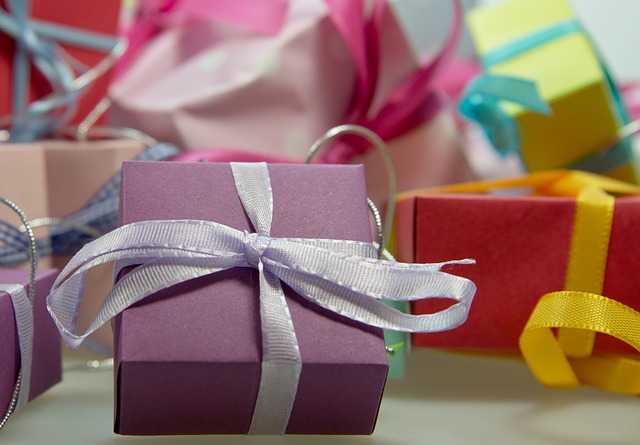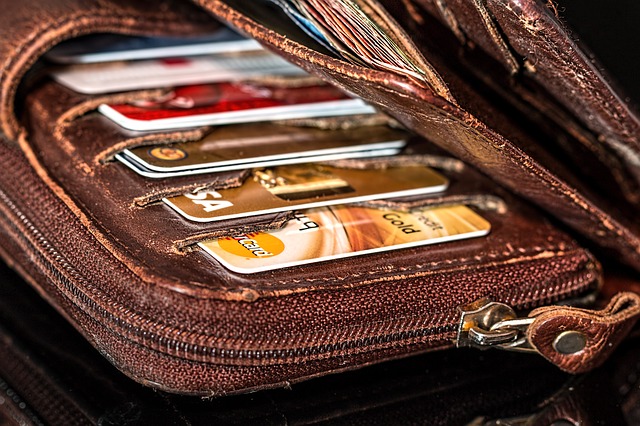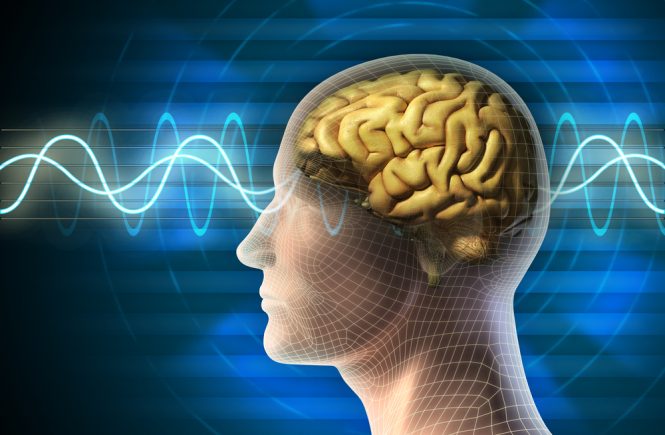Is shopping something you do compulsively? Do you spend money you don’t yet have (i.e. put the bill on a credit card)? Is ‘retail therapy’ something you regularly engage in when you’re feeling low? You may be a ‘shopaholic’.
There are seven primary signs that you may be addicted to shopping. Researchers have found that up to 6% of Americans struggle with a shopping addiction, or Compulsive Buying Disorder according to psychologists. If you do find it hard not to buy compulsively, there are some ways you can cure the shopaholic inside you, save yourself from debt and financial trouble, and de-clutter your life for more simplicity.
1. Take scissors to your credit cards. Rewards, cash back, whatever – if you have a problem buying things with money you don’t have, the fastest way to nip your spending in the bud is to cut up your credit cards. Then, only carry cash or a debit card so that your spending is limited to what you have in your wallet at that very moment.
2. Freeze your credit card. If you’re not ready to take the big step of cutting up your credit card, then try freezing it in a large size ziplock bag of water. That way, you need to plan ahead if you’re going to use your card (because you have to thaw the card!), and freezing it also makes you remember that you froze it for a reason. The goal is to make you more conscious of your impulse spending.
3. Track your spending down to every dollar. For at least one month, track every dollar you spend and list the categories – groceries, eating out, frivolous shopping (clothes, accessories, electronics, etc.), entertainment, and so on. At the end of the month, you will really see your spending patterns, and then you can make conscious decisions about where to cut back.
4. Time is not of the essence. Do not let yourself buy something in the moment. Instead, force yourself to wait a week or even a month before making a purchase – in most cases, your desire for that item will have faded or disappeared. It may help to make a wish list, so that you can organize your desires based on priority and need, instead of compulsive ‘want.’
5. Know the difference between needs and wants. If you have a spending and shopping problem, you are probably a master at rationalizing your spending on things you don’t need. For instance, the electric bill, groceries, and toilet paper are true needs – but even though you can rationalize and tell yourself you need a new iPhone, or you need a new dress for the upcoming party, those are not “needs,” they are “wants.” So if you’re sick of being in debt and sick of your closet overflowing with clothes you don’t even wear, then take this very seriously and stop spending for “wants” until you’ve gotten out of debt and you have changed your shopping habits.
6 Tax frivolous spending. ‘Tax’ yourself by setting aside a percentage of your spending for savings. For example, if you do buy a dress for that upcoming party, transfer an additional 10% of whatever you spent on it from your checking account into your savings account. It’s a ‘consequence’ that will actually help you, since you’ll save more and have less to spend.
7. Temptation, no thanks! If you tend to spend more at particular venues, such as a designer department store, or Amazon.com, take steps to avoid those places. De-activate your account with temptation-high online stores, and don’t allow yourself to even visit the sites or enter the brick and mortar stores. To make this a more doable goal, promise yourself that you’ll do this for one week. Then go for two weeks and continue to move the date out until you have gotten out of the habit of shopping at those places.
If you try these ideas and none of them work, then it’s time to admit to yourself that you need help, and then get it. Addictions of any kind are difficult and complicated struggles to overcome, so do yourself a favor and get help now. You can start by asking your friends and family for their support and to hold you accountable for the goals you set.
True shopping addiction is often a symptom of depression and low self esteem. So if your efforts to stop on your own haven’t worked, consider seeing a behavioral psychotherapist, and also consider getting help for possible depression. Once you address the underlying causes for your excessive or compulsive shopping, you’ll have a much better chance of stopping your behavior.
Another way to get help at no or low cost is to join a Debtor’s Anonymous group. These groups are modeled after the hugely successful 12 Step program, and tailored to overcoming compulsive spending.
It’s not easy to break an addiction, but you can do it. The sooner you get help, the sooner you can free yourself of this burden. Best of luck to you.







1 comment
Great tips. I especially like #6 which is something that I had never heard of doing before but is a great idea. I go through my warddrobe when Im feeling the urge to shop. It reminds me of what I already have & gives me the opportunity to pair clothes which sort of makes it feel like I have new outfits. 😉